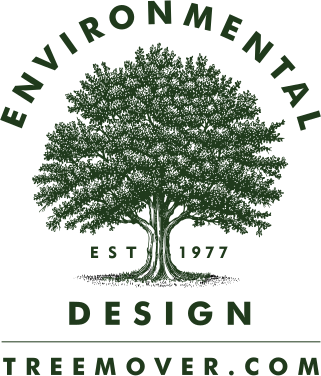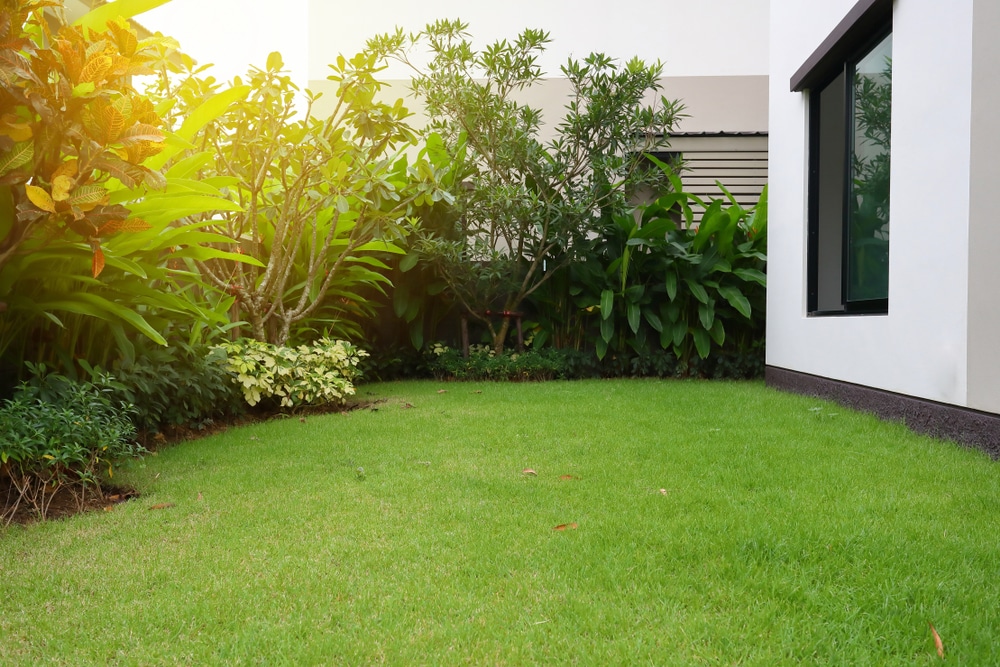Choosing the right trees for your backyard is a crucial decision that can significantly impact your landscape’s beauty, functionality, and long-term health. The perfect tree selection not only enhances the aesthetic appeal of your outdoor space but also provides numerous environmental benefits, from improving air quality to supporting local wildlife. However, with the vast array of tree species available, determining which ones will thrive in your specific area can be challenging.
Environmental Design Inc. (EDI) has been at the forefront of specimen tree supply for decades, offering expert guidance to homeowners, landscapers, and developers alike. Our extensive experience in tree selection and placement ensures that your backyard becomes a thriving, sustainable ecosystem tailored to your local conditions.
In this comprehensive guide, we’ll explore the key factors to consider when selecting trees for your backyard. We’ll cover hardiness zones, tree types, soil conditions, size considerations, aesthetic and functional aspects, and local regulations. By the end of this article, you’ll be equipped with the knowledge to make informed decisions about the trees that will flourish in your unique landscape.
Understanding Hardiness Zones
Hardiness zones are geographical areas defined by average annual minimum winter temperatures. These zones play a crucial role in determining which tree species can survive and thrive in a particular region.
Definition and importance of hardiness zones in tree selection
Hardiness zones, established by the U.S. Department of Agriculture (USDA), range from 1 (coldest) to 13 (warmest). Each zone represents a 10°F difference in average annual minimum winter temperature. Understanding your hardiness zone is essential because it helps you select trees that can withstand the coldest temperatures in your area. Trees planted outside their recommended hardiness zones may struggle to survive or fail to reach their full potential.
Finding your local hardiness zone
To determine your hardiness zone, you can use the USDA’s Plant Hardiness Zone Map, available online. Simply enter your zip code to find your specific zone. Once you know your zone, you can focus on tree species that are well-suited to your climate. For example, if you live in Zone 5, you might consider trees like Red Maple, River Birch, or Colorado Blue Spruce, which are known to thrive in this zone. Remember that microclimates within your property, such as sheltered areas or sun-exposed slopes, can create slight variations in growing conditions.
Types of Trees to Consider
When selecting trees for your backyard, it’s important to understand the different types available and their unique characteristics. Let’s explore the main categories: deciduous trees, coniferous trees, and native species.
Deciduous trees
Deciduous trees are known for their seasonal changes, losing their leaves in fall and regrowing them in spring. These trees offer dynamic beauty throughout the year, with colorful foliage in autumn and interesting branch structures in winter.
Characteristics and benefits of deciduous trees include:
- Shade provision in summer and sunlight penetration in winter
- Diverse leaf shapes and fall colors
- Many species produce flowers or fruit
- Examples include oaks, maples, birches, and dogwoods
Oaks, for instance, are known for their strength and longevity, providing excellent shade and supporting local wildlife. Maples offer stunning fall colors and can adapt to various soil conditions.
Coniferous trees
Coniferous trees, also known as evergreens, retain their needle-like or scale-like leaves year-round. They provide consistent greenery and are often used as privacy screens or windbreaks.
Advantages of planting coniferous trees include:
- Year-round color and privacy
- Effective as windbreaks and noise barriers
- Low maintenance and drought-resistant options available
- Examples include pines, spruces, firs, and cedars
Pine trees, such as the Eastern White Pine, are fast-growing and make excellent windbreaks. Spruce trees, like the Norway Spruce, offer dense foliage ideal for privacy screens.
Native species
Native trees are those that have naturally evolved in your local ecosystem over thousands of years. They are well-adapted to local conditions and offer numerous benefits:
- Require less maintenance and water once established
- Support local wildlife, including birds and pollinators
- Help preserve the local ecosystem and biodiversity
- Often more resistant to local pests and diseases
When selecting native trees, consult local nurseries or extension offices for species recommendations specific to your area.
Assessing Soil Conditions and Local Climate Adaptability
The success of your trees largely depends on the soil they’re planted in and how well they adapt to your local climate. Let’s explore these crucial factors in detail.
Importance of understanding local soil conditions
Soil conditions play a vital role in tree health and growth. Different tree species have varying soil preferences, including:
- pH levels (acidic, neutral, or alkaline)
- Soil texture (clay, loam, or sandy)
- Drainage capabilities
- Nutrient content
Trees planted in unsuitable soil may struggle to establish strong root systems, leading to stunted growth or increased susceptibility to diseases.
Conducting a soil test
To ensure you’re providing the best environment for your trees, it’s essential to conduct a soil test. Here’s how:
- Collect soil samples from various parts of your yard
- Send the samples to a local extension office or soil testing lab
- Receive a detailed report on your soil’s pH, nutrient levels, and texture
- Use the results to guide your tree selection or amend the soil as needed
Interpreting soil test results allows you to choose trees that will thrive in your existing soil conditions or make informed decisions about soil amendments.
Climate adaptability
Beyond hardiness zones, consider other climate factors that can affect tree growth:
- Annual rainfall and drought patterns
- Wind exposure
- Sun exposure and shade patterns
- Local microclimates (areas with unique conditions due to landscape features)
Select trees that are well-suited to your specific climate conditions. For instance, if you live in an area prone to droughts, consider drought-resistant species like Bur Oak or Honeylocust.
Evaluating Size and Space Requirements
When selecting trees for your backyard, it’s crucial to consider their mature size and space requirements to ensure they have room to grow and thrive without causing issues in the future.
Considering mature size in tree selection
Many homeowners make the mistake of planting trees without considering their full-grown size. This oversight can lead to:
- Overcrowding of landscape elements
- Interference with structures, power lines, or other trees
- Expensive removal or pruning costs in the future
When selecting a tree, always research its mature height and spread. Visualize how it will fit into your landscape once it reaches its full size. Consider factors such as:
- Proximity to buildings and other structures
- Overhead utility lines
- Underground utilities and septic systems
- Views you want to preserve or create
Spacing recommendations
Proper tree spacing is essential for healthy growth and to prevent future conflicts. Here are some general guidelines:
- Small trees (under 30 feet tall): Space 20-25 feet apart
- Medium trees (30-50 feet tall): Space 30-35 feet apart
- Large trees (50+ feet tall): Space 40-50 feet apart
Remember to adjust these recommendations based on the specific needs of each tree species and your landscape design goals. Some trees may require more space due to their wide canopies or extensive root systems.
Aesthetic and Functional Considerations
When choosing trees for your backyard, it’s important to strike a balance between beauty and utility. The right trees can enhance your landscape’s appearance while providing valuable benefits.
Balancing beauty with utility in tree selection
Consider these aesthetic factors when selecting trees:
- Seasonal interest (spring flowers, summer foliage, fall colors, winter bark)
- Tree form and shape (columnar, weeping, rounded, pyramidal)
- Texture and color of foliage
- Unique features like interesting bark or ornamental fruit
While aesthetics are important, don’t overlook the functional aspects of trees. Think about how they can serve practical purposes in your landscape.
Functional benefits of trees
Trees can provide numerous functional benefits:
- Shade for outdoor living areas and energy savings for your home
- Privacy screening from neighbors or streets
- Windbreaks to protect your property from strong winds
- Noise reduction from nearby roads or other sources
- Fruit or nut production for home consumption
- Wildlife habitat and support for local ecosystems
When selecting trees, consider which functional benefits are most important for your specific needs and how they align with your aesthetic preferences.
Conclusion
Selecting the right trees for your backyard is a rewarding process that requires careful consideration of various factors. By understanding hardiness zones, tree types, soil conditions, size requirements, and both aesthetic and functional aspects, you can make informed decisions that will lead to a flourishing landscape.
Remember that each backyard is unique, and what works for one property may not be ideal for another. Take the time to assess your specific needs, consult local experts, and choose trees that will thrive in your area while meeting your landscape goals.
With the right selection and proper care, the trees you plant today will become cherished features of your property, providing beauty, shade, and numerous environmental benefits for years to come.
Environmental Design Inc.
At Environmental Design Inc., we understand that selecting the perfect trees for your backyard can be a complex process. Our team of expert arborists and landscape professionals is here to provide personalized guidance tailored to your specific needs and local conditions.
With decades of experience in specimen tree supply and landscape design, we can help you create a thriving, sustainable backyard oasis. Whether you’re looking for shade trees, ornamental specimens, or native species, our extensive knowledge ensures you’ll find the perfect trees to enhance your outdoor space.
Don’t leave your tree selection to chance. Contact Environmental Design Inc. today for a consultation and take the first step towards transforming your backyard into a lush, vibrant landscape that will be enjoyed for generations to come.




Recent Comments